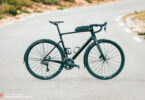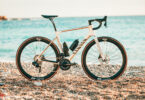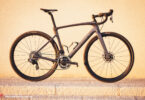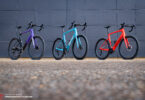Review: Focus Paralane 2017
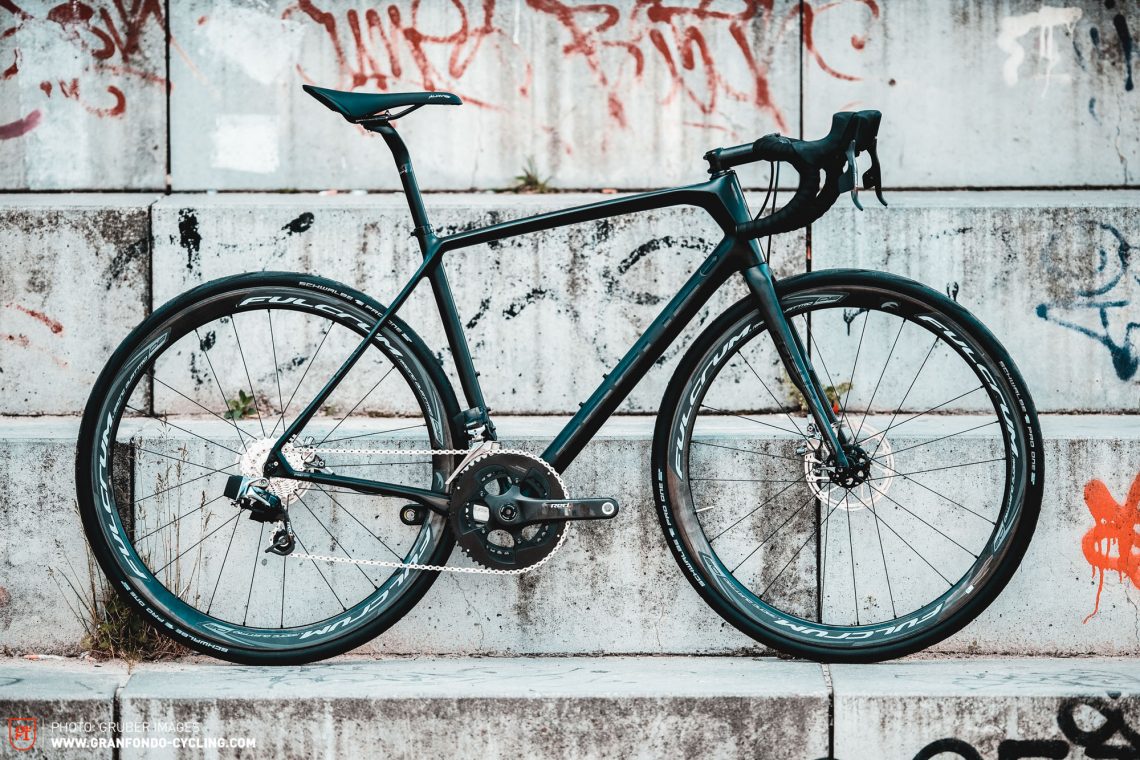
Redefining road bikes by teaming versatility and comfort with speed and a low weight, the Focus Paralane doesn’t sound like your regular endurance bike. So what’s behind the claims? Why are Focus going around sounding off about the F.B.I and C.I.A? We’ve uncovered the truth here.
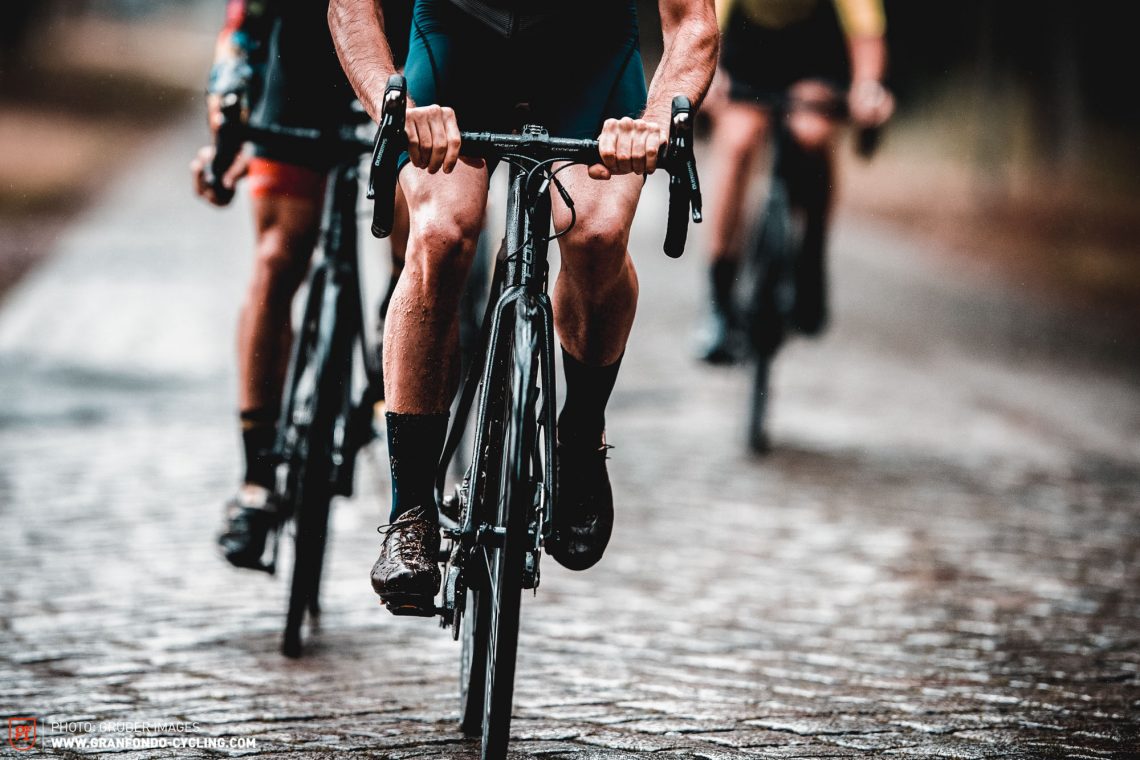
Road bikes have become even more streamlined into various disciplines, with subcategories coming out of at a cadence that even Contador would find hard to match. Whatever your desired sort of ride, there’s surely a bike out there to suit you. But while that sounds like brilliant news, it’s a confounding mess trying to work out what to spend your money on. After all, a more specialist bike is only really good for its speciality, and therefore offers limited flexibility should your route fling up some surprises. There’s hope though: the latest generation of endurance disc bikes appear to have it all, capable of Gran Fondos, gravel adventures, forests, tarmac and overcoming the filthiest conditions. Are they the one-stop-shop bike without any risk to performance? It almost sounds too good to be true.
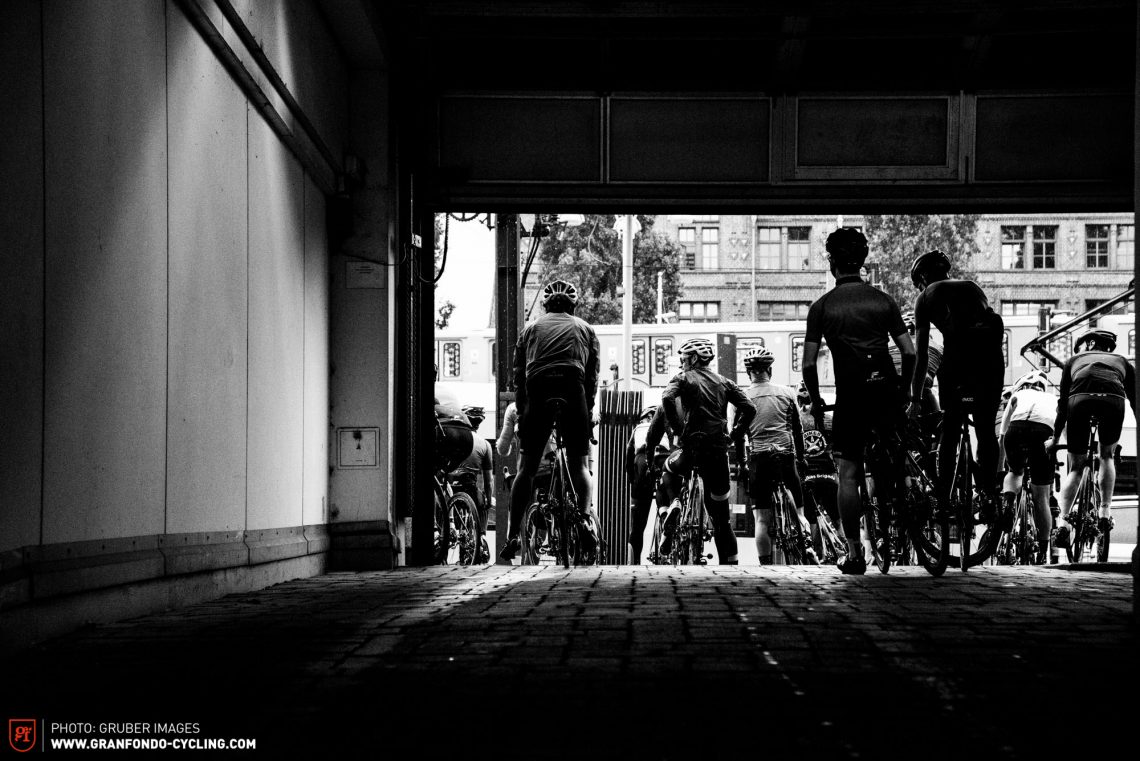
The current crop of endurance bikes have a bad rep: they lack a certain sex appeal. Quite honestly – even though we’re unlikely to admit it – these more upright and comfort-focused endurance bikes just don’t look fast enough, and we’re drawn in more by ‘real’ racing bikes ridden by pros.
The Cloppenburg-based company chose Berlin’s Friedrichshain for the exclusive launch of the brand new Paralane. And very much in tune with bike’s hype of ‘there’s no bad weather,’ there was a 100 km ride ahead of us in bad weather that wanted to play ball.
So what’s different about Paralane?
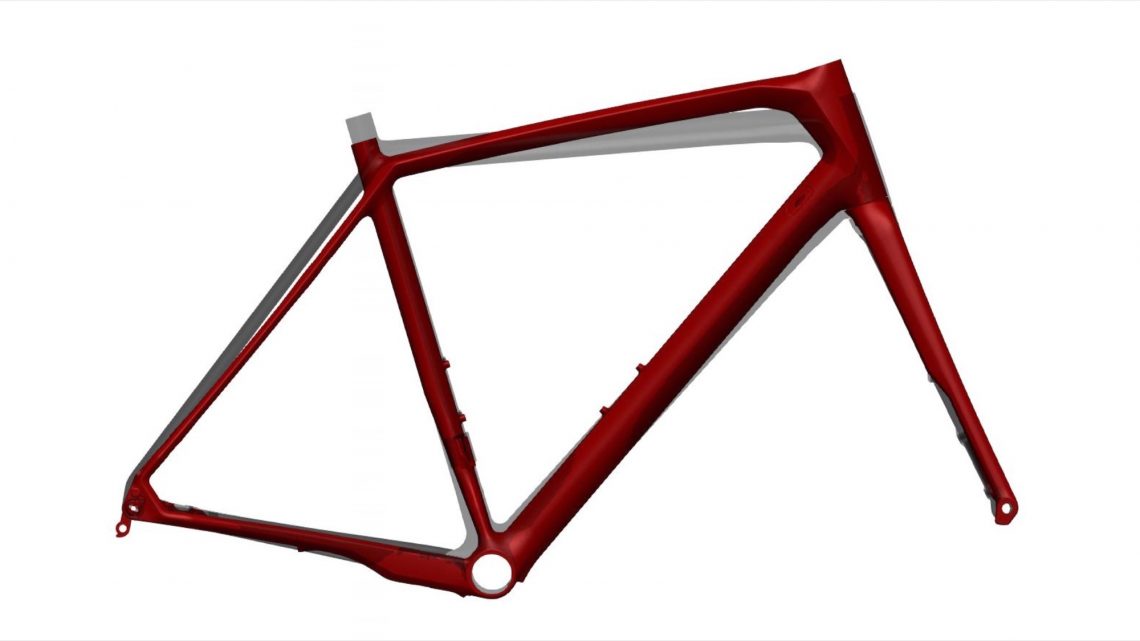
Put the new Focus Paralane side by side with their Izalco Max Disc and the differences are evident: shorter reach and higher stack, meaning that the standover height diminishes too. The sloped top tube and other clever details aren’t just for performance gains, but they also lend the Paralane its faster-looking aesthetic, differentiating it from a regular endurance bike. Focus were keen to avoid falling into the trap of a long head tube (often combined with a tower of spacers), which gives off a pretty pensioner-esque look.
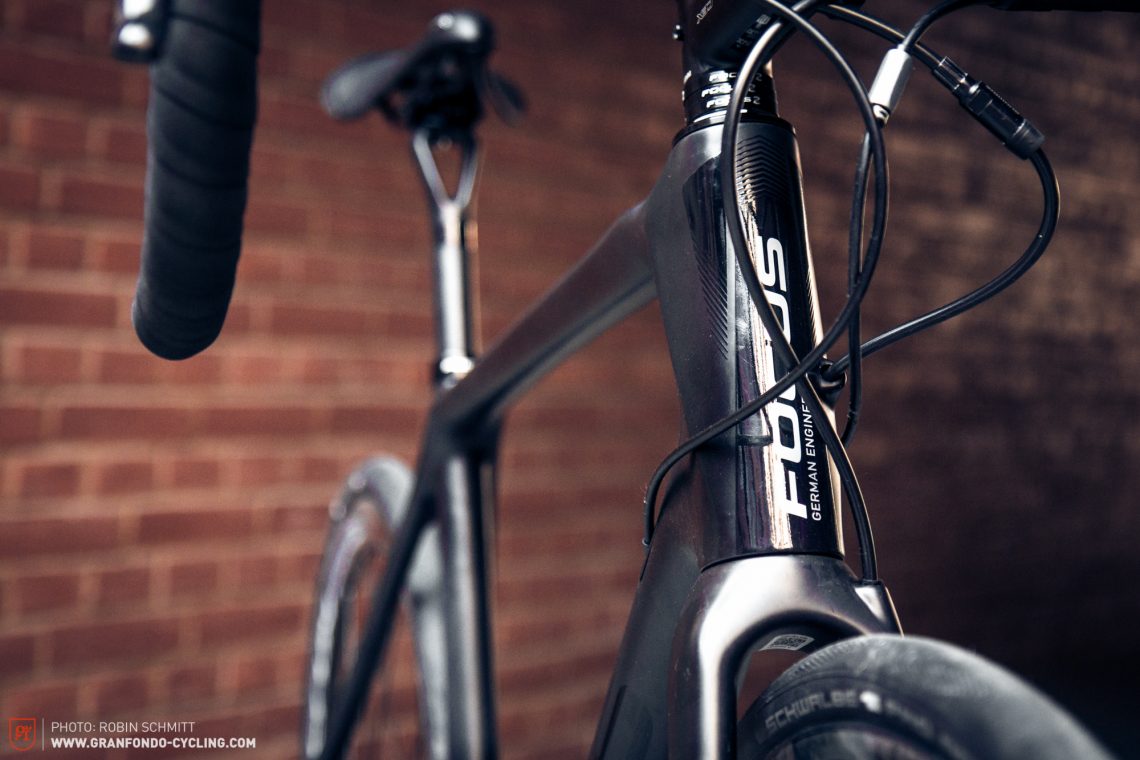
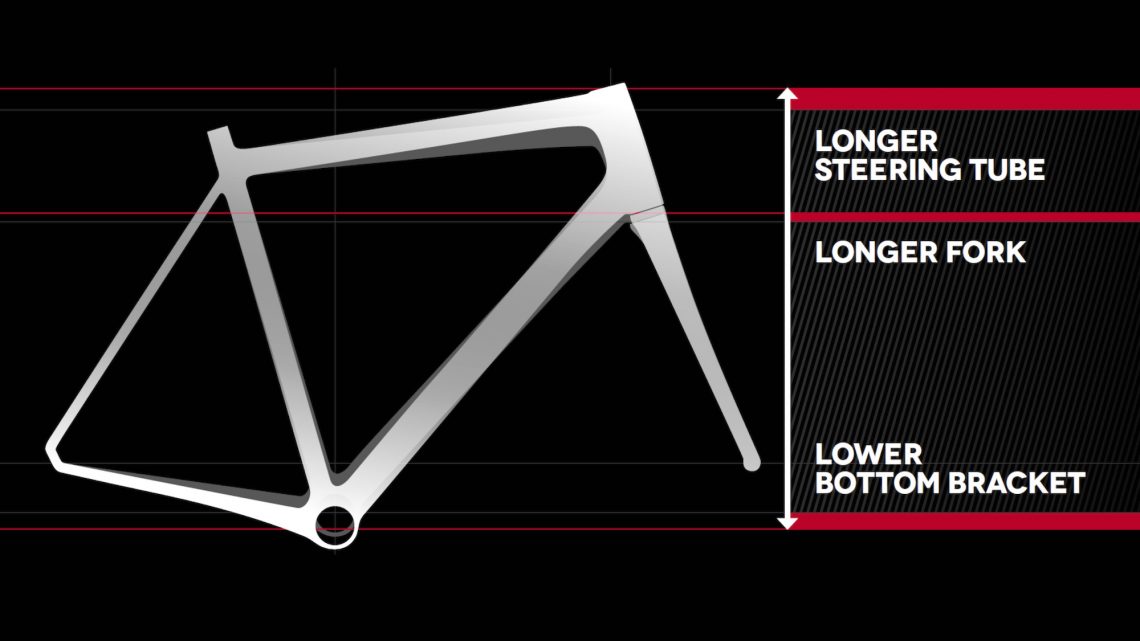
Then the bottom bracket drop was lowered to 75 mm, which impacts the stack and lowers the bike’s centre of gravity, which makes the bike more stable – especially when considered alongside the 1,000 m wheelbase, the slack 72° head angle and the long 46 mm fork rake. In layman’s terms, the Paralane now looks much more performance-focused, although its stack is still very much aligned with regular endurance bikes.
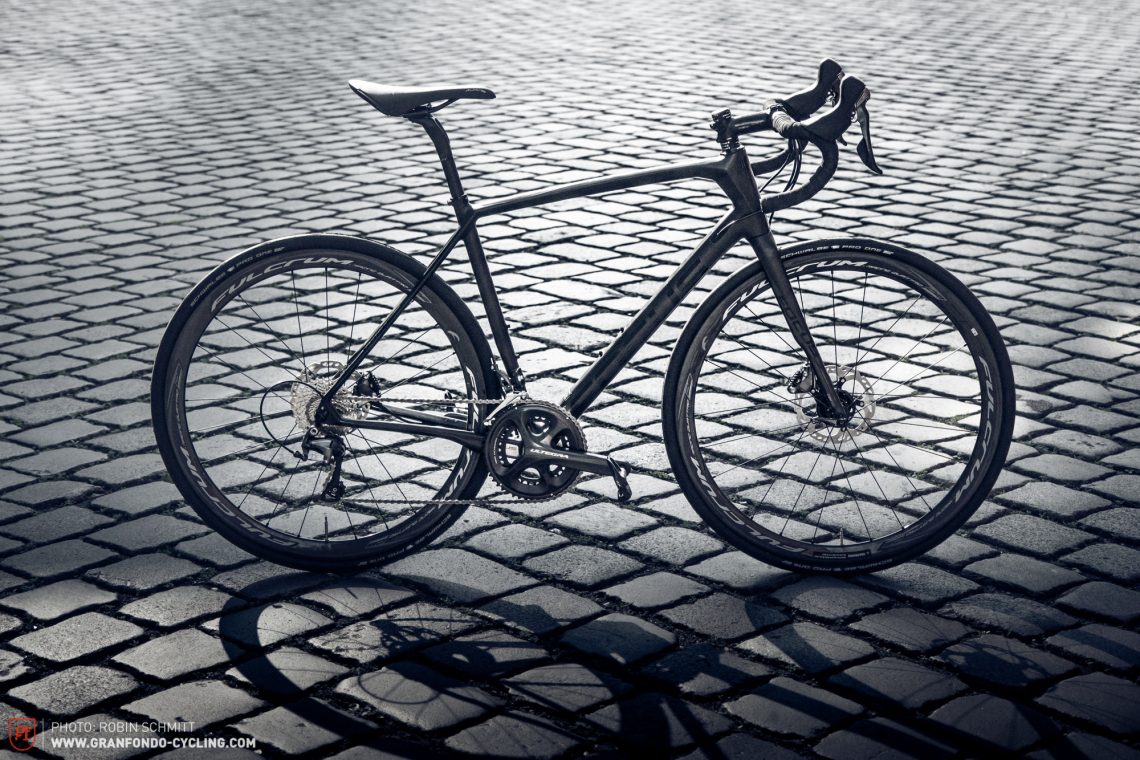
Unlike other brands, Focus have deliberately avoided vibration-eliminating inserts as well as other mechanical technologies with the same aim. But why’s that? Well, the Focus technicians believe that a specific carbon layup as well as a meticulously designed frame and tube profile will provide all the comfort you’ll need on a ride. The Cloppenburg-based company calls this Comfort Improving Areas, or C.I.A. for short. The following 3D illustration depicts the technology.
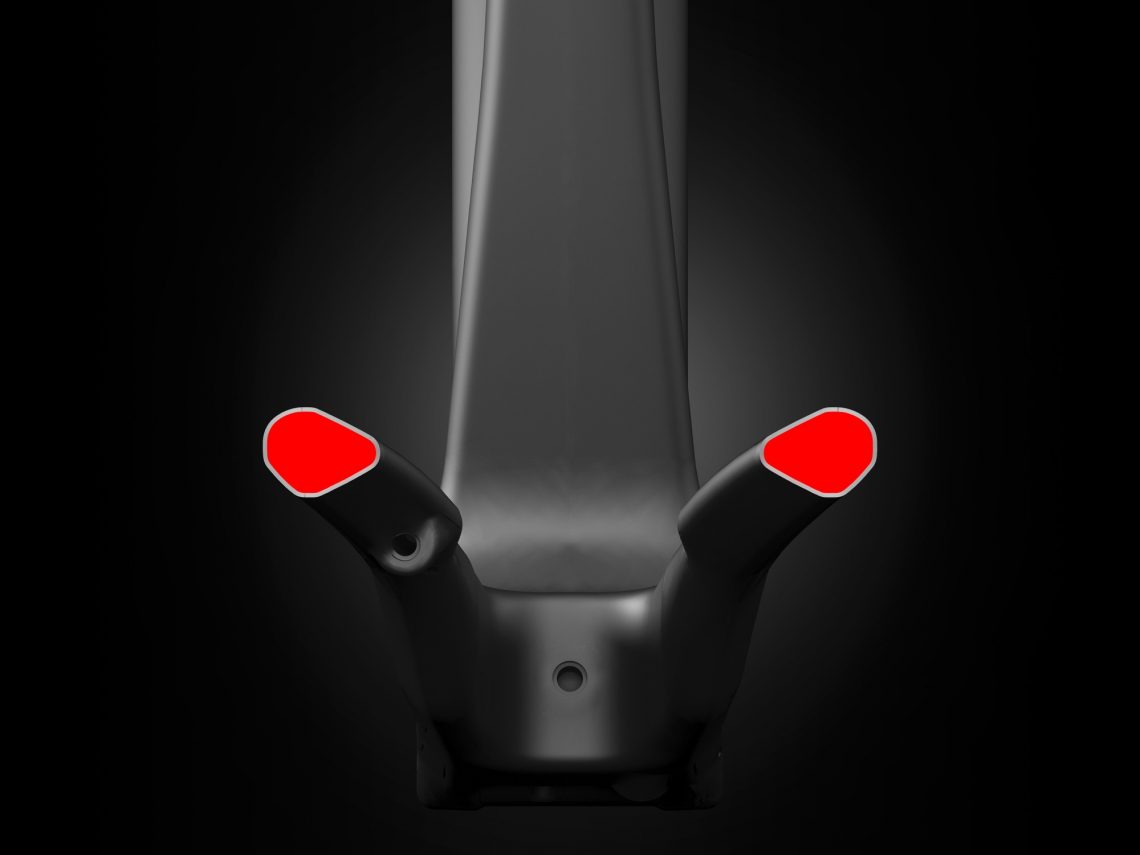
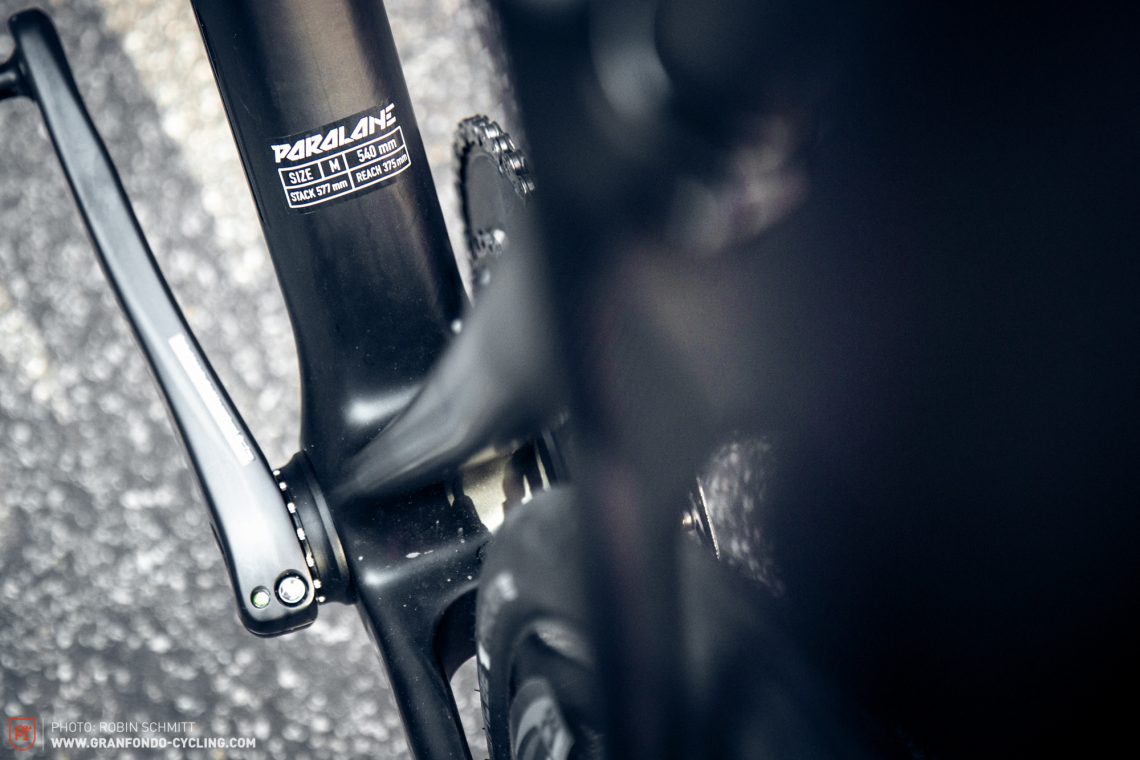
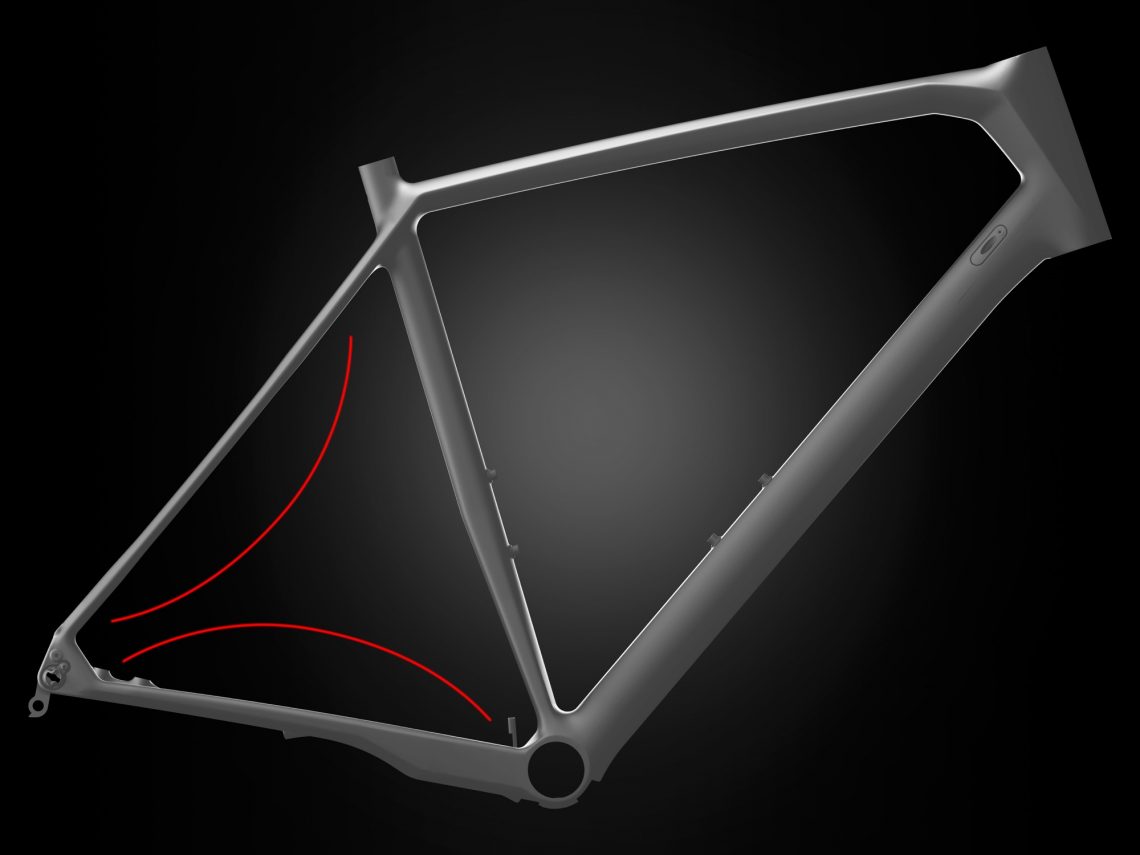
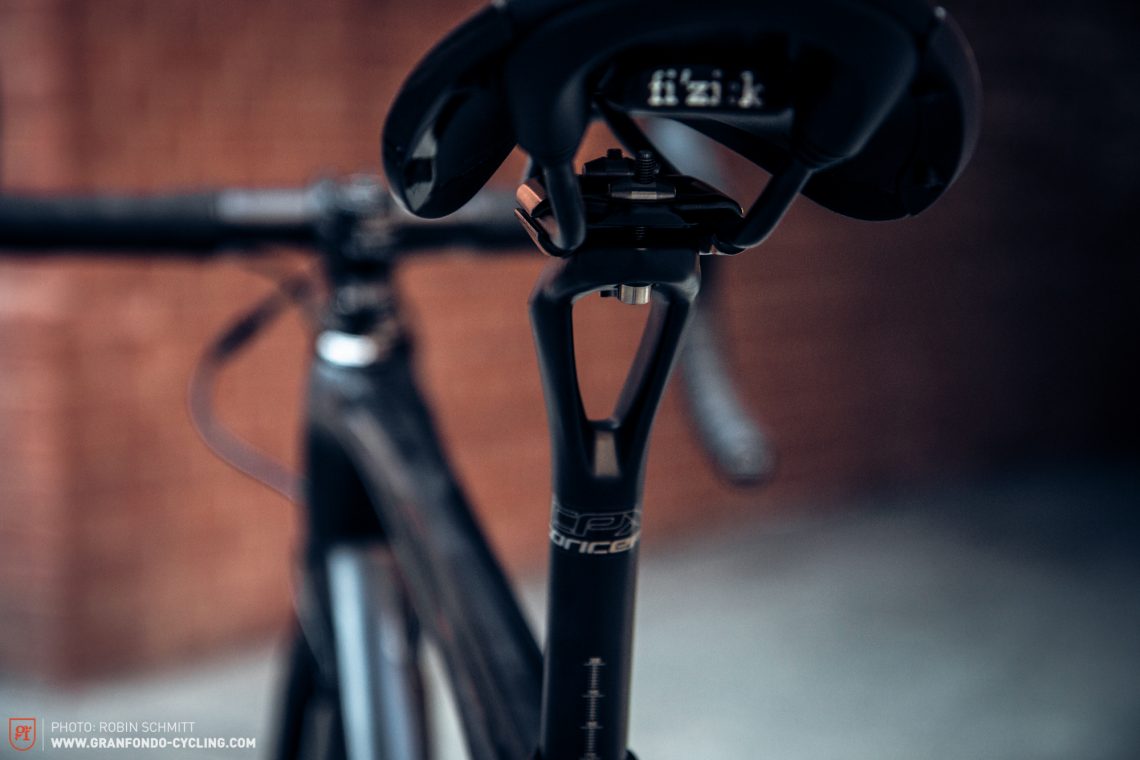
More technical details
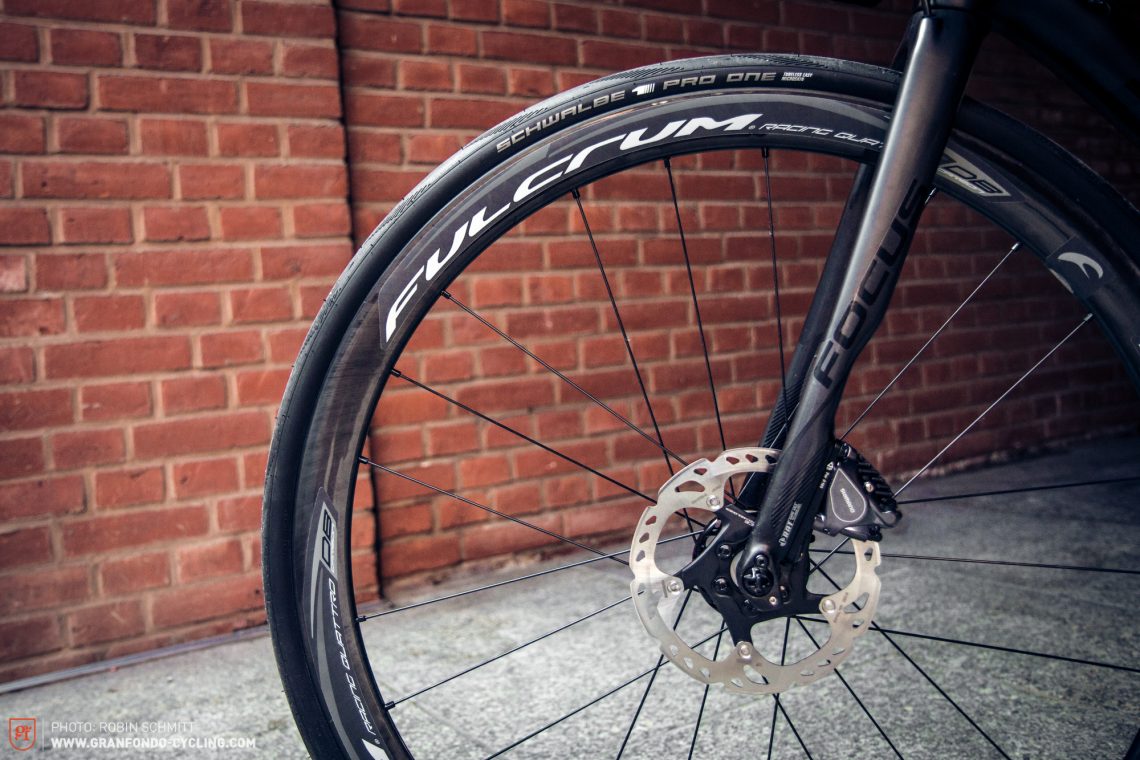
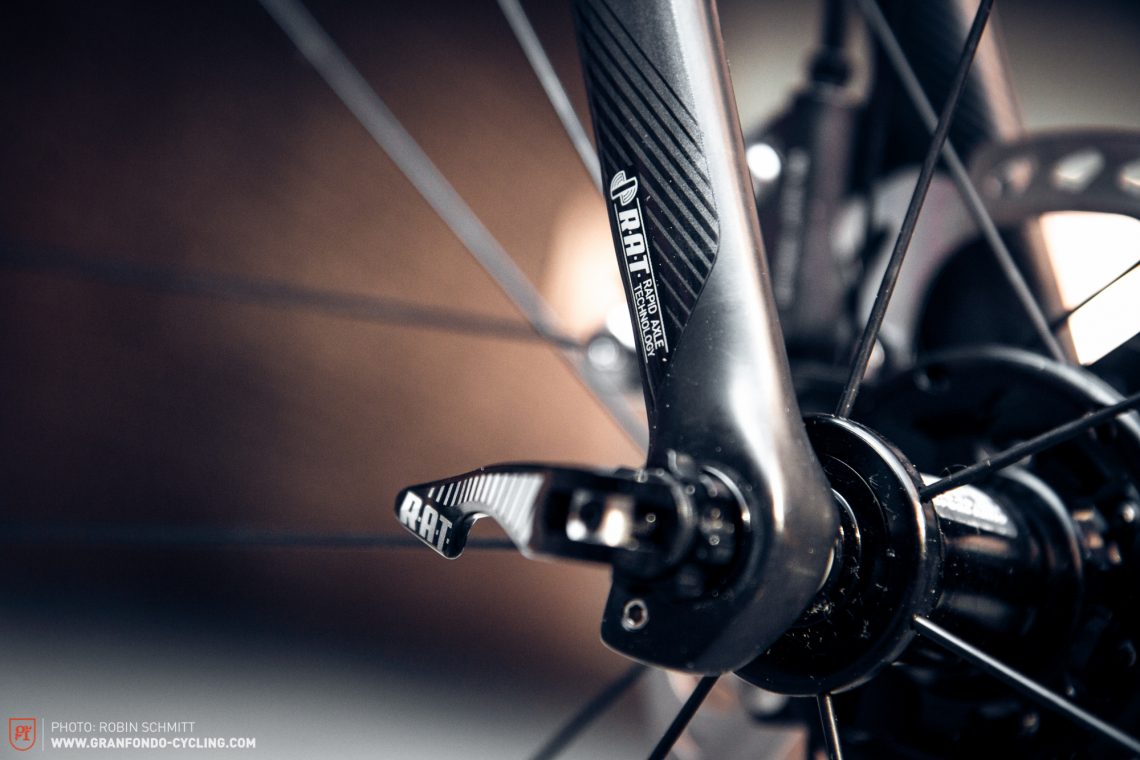
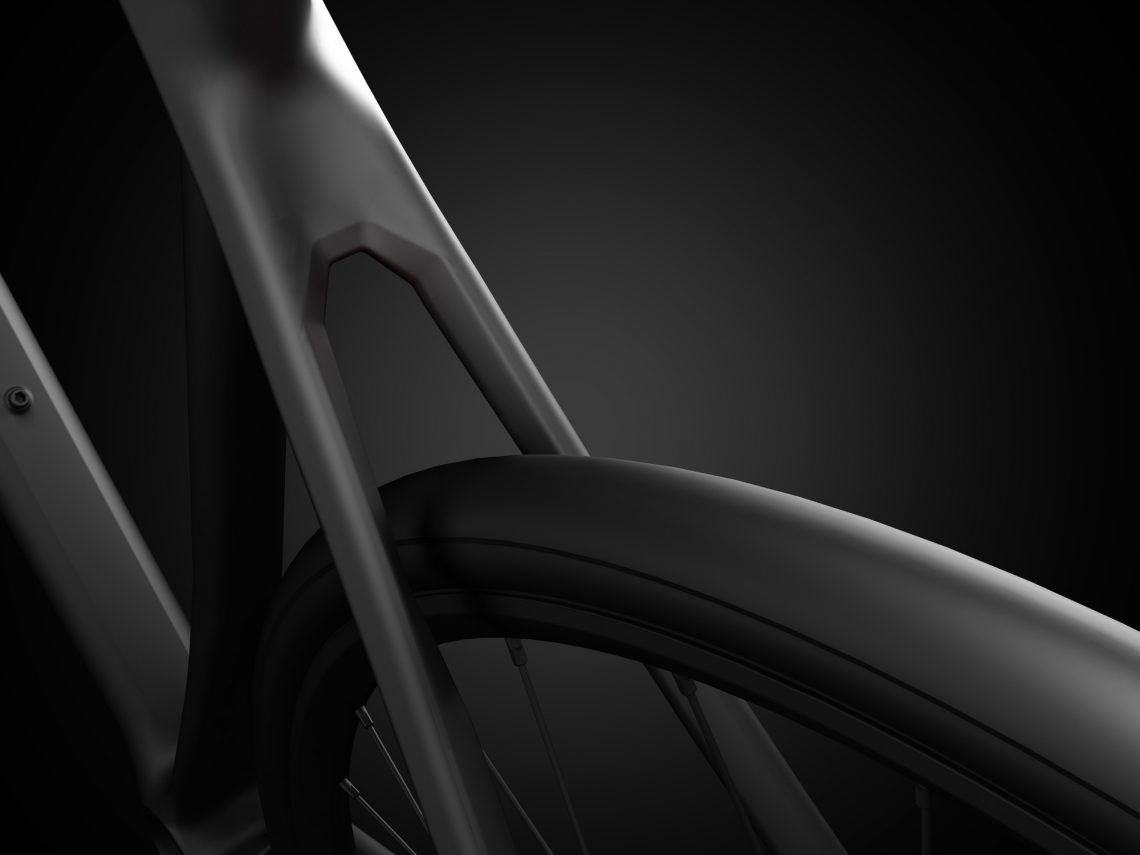
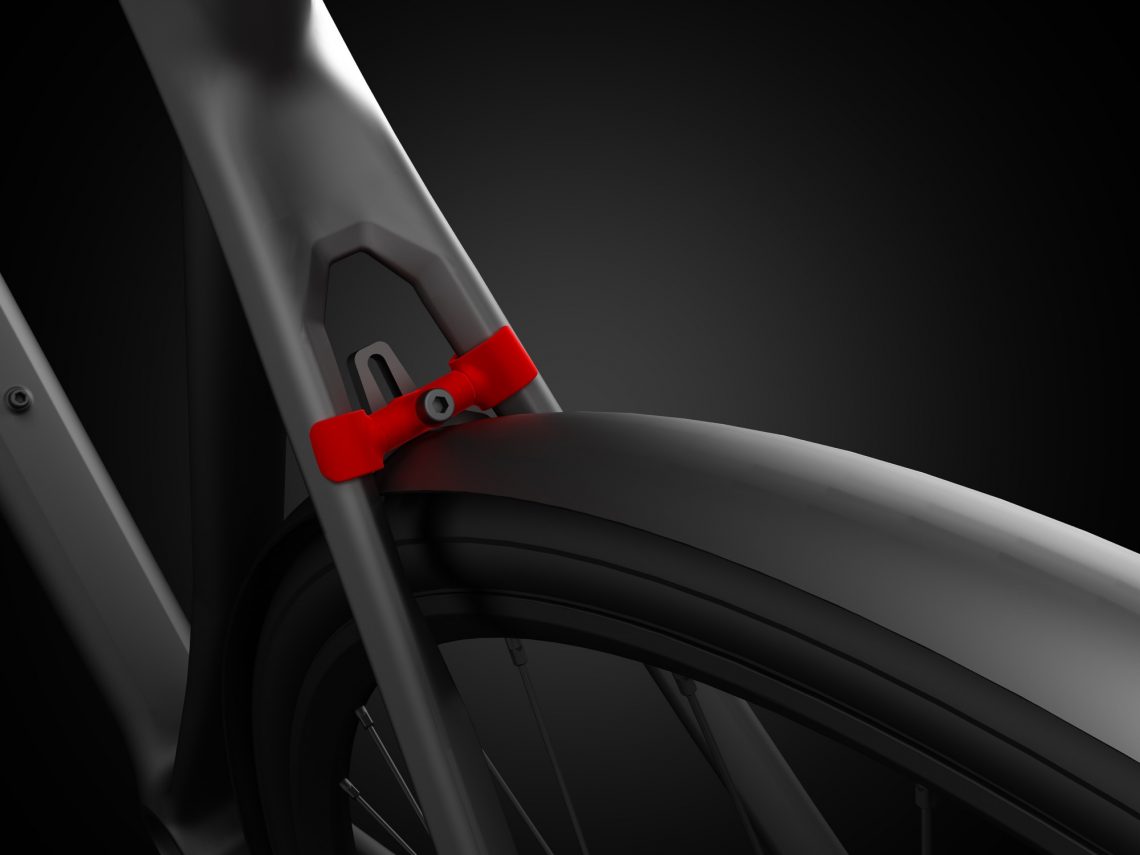
In this case, Focus’ acronym of F.B.I. has nothing to do with busting criminals, but refers to their Fender Bridge Installer. An ingeniously simple design feature, tiny eyelets allow for a mudguard to be mounted. Focus collaborated with the Belgian mudguard manufacturer Curana to develop a special mudguard that comes as stock with every bike. Unfortunately we didn’t get chance to do directly pitch this mudguard and a regular handy ‘ass saver’ against each other or see how this fully-fledged mudguard copes on rough ground.
Focus Paralane: weight, geometry and prices.
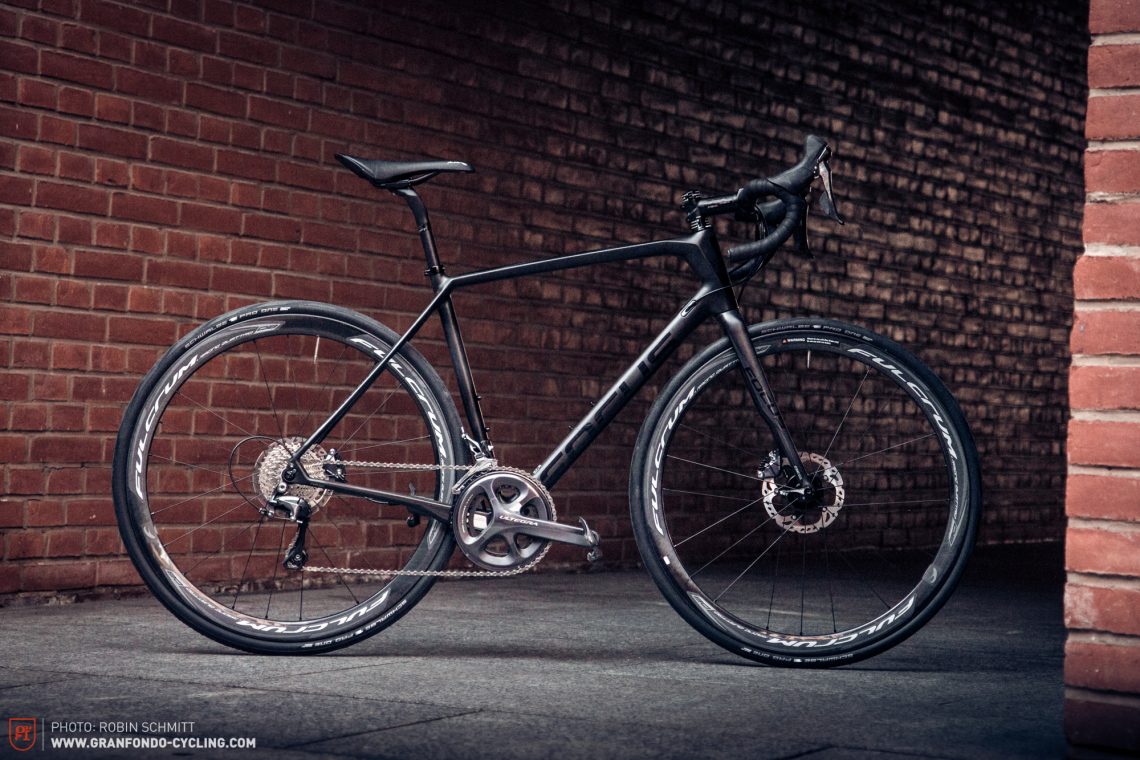
| Size | 48 | 51 | 54 | 56 | 58 | 61 |
|---|---|---|---|---|---|---|
| Seattube | 450 mm | 480 mm | 510 mm | 530 mm | 550 mm | 590 mm |
| Top tube length | 497,35 mm | 525,67 mm | 546,03 mm | 560,26 mm | 576,46 mm | 590,70 mm |
| Steerer tube | 120 mm | 150 mm | 165 mm | 180 mm | 200 mm | 215 mm |
| Headangle | 71° | 71,5° | 72° | 72° | 72,5° | 72,5° |
| Seatangle | 75,5° | 74,5° | 73,5° | 73,5° | 73,5° | 73,5° |
| Chainstay | 415 mm | 415 mm | 415 mm | 415 mm | 415 mm | 415 mm |
| BB drop | 75 mm | 75 mm | 75 mm | 75 mm | 75 mm | 75 mm |
| Wheelbase | 979 mm | 994 mm | 1000 mm | 1015 mm | 1026 mm | 1041 mm |
| Reach | 359 mm | 369 mm | 375 mm | 384 mm | 394 mm | 404 mm |
| Stack | 534 mm | 564 mm | 580 mm | 594 mm | 615 mm | 630 mm |
| Fork | 383 mm | 383 mm | 383 mm | 383 mm | 383 mm | 383 mm |
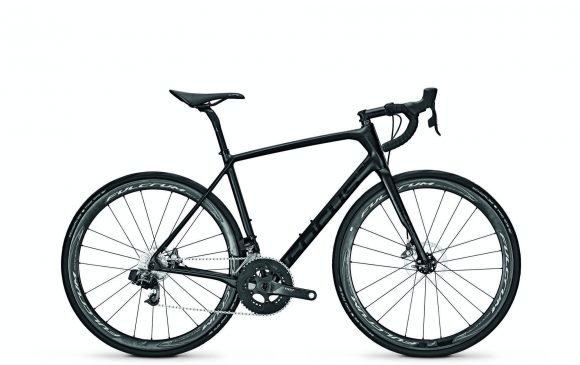
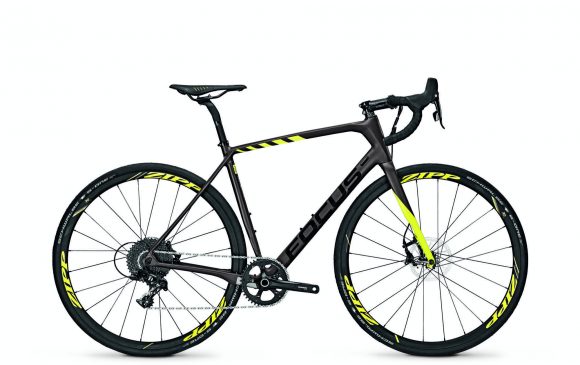
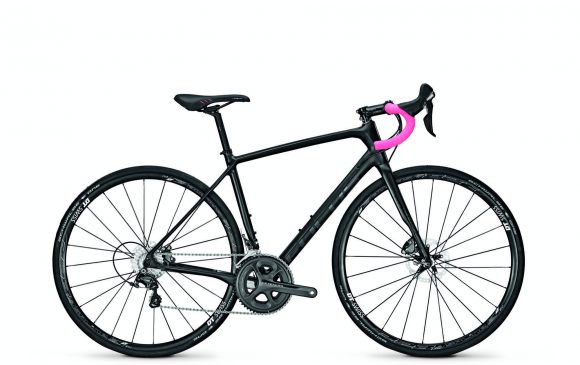
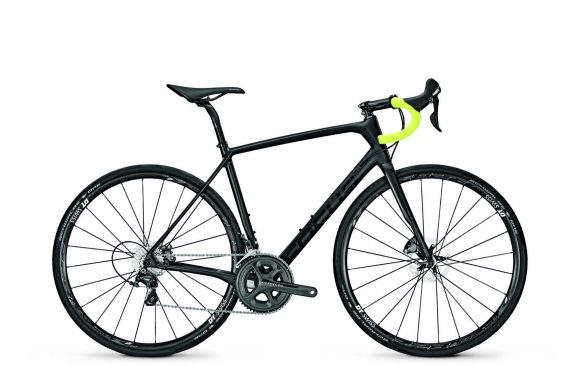
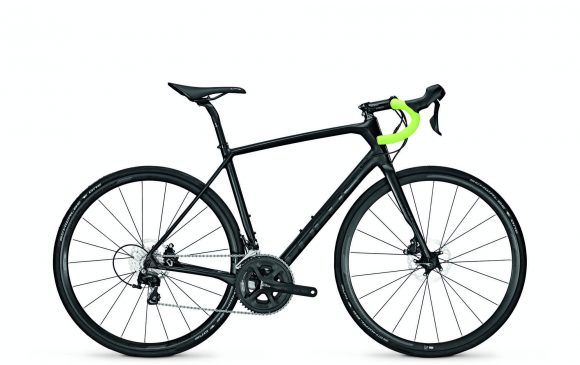
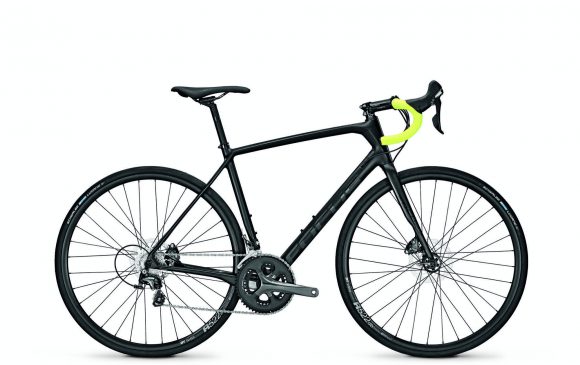
Focus Paralane — First Ride in Berlin
We grabbed the exclusive opportunity to test ride the Focus Paralane in Berlin on a widely diverse 100 km route with cobbles, gravel, potholes, singletrack and some lovely smooth bits of new tarmac. Plagued by rain throughout the ride, we felt pretty equipped to tackle the issue of whether this Focus lives up to its promise of being a true all-rounder.

Taking to a size medium (rider’s height 178 cm), the position is comfy but still fairly fast-feeling. The initial sensations on the Paralane are very positive; the handling is direct and stable, and it rides well on roads and gravel lanes.
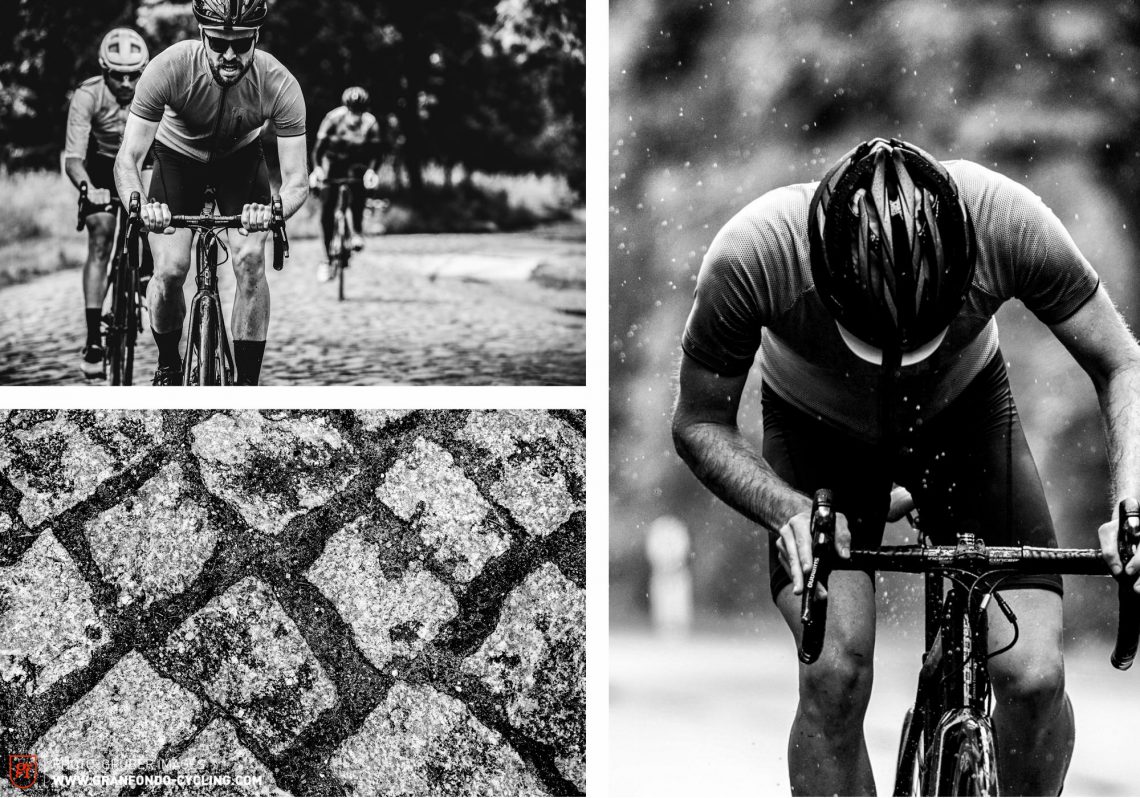
It coped with the cobblestones with bravado although the front was a bit harsh compared to the more forgiving rear.
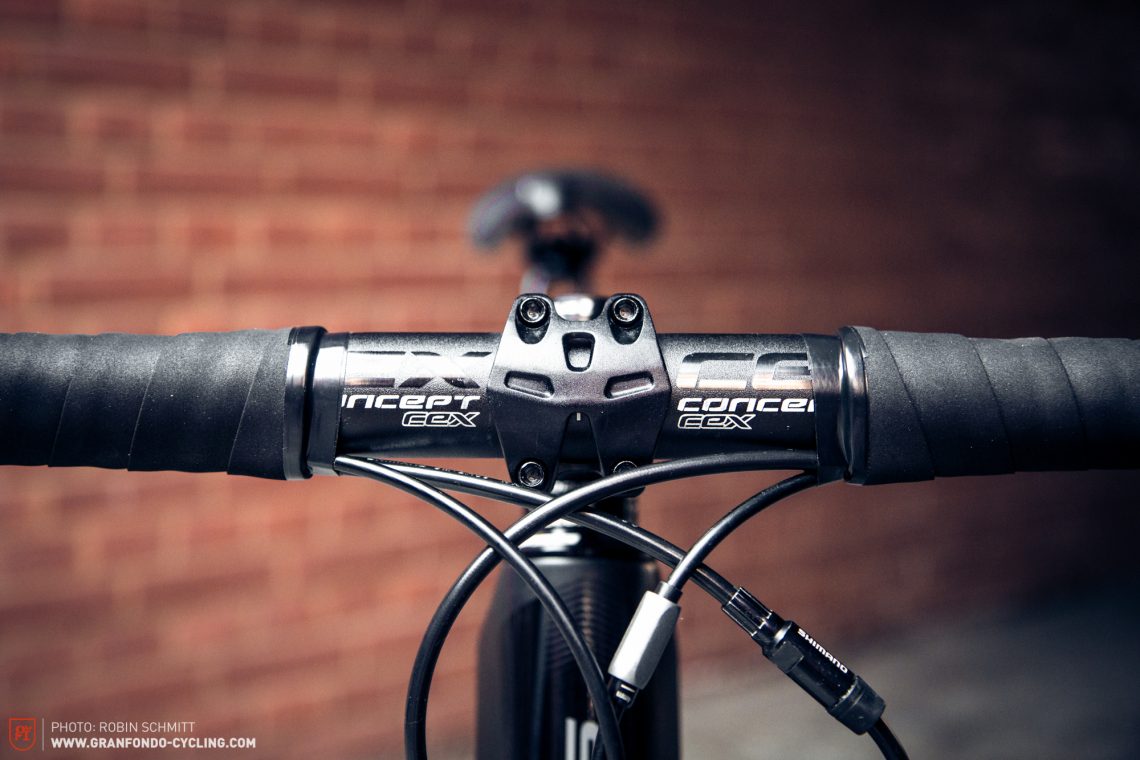
You don’t always need gel inserts under your tape, just try a slightly thicker bar tape and you’ll notice the difference in comfort. And the same applies to air pressure: we rode our test bike with the recommended 5.5 bar in the 28 mm Schwalbe One tires.

The combination of the stiff steerer and superb forks essentially eliminated any braking chatter while contributing significantly to the precision of the handling. The same goes for the bottom bracket, where all our force was efficiently transferred to give a responsive ride.
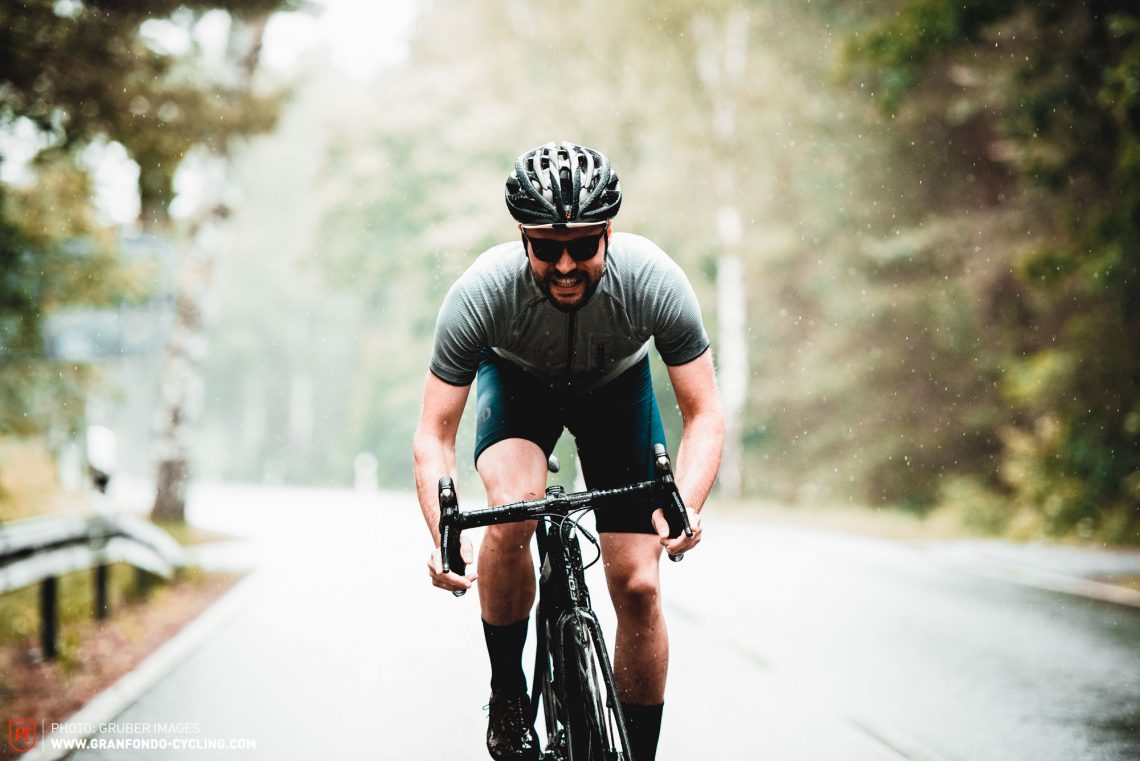
The Focus Paralane tipped the scales at 8.05 kg with its Ultegra spec and non-series Fulcrum Quattro DB wheels – arguably a decent figure!

Whatever the roads threw at the Paralane – gravel, singletrack and muddy puddles intended – we got through it all unscathed. There were issues with the Schwalbe One tires which wouldn’t sit properly in the rims, creating an unnerving feel for the rear wheel on several bikes.

Focus have relied on 160 mm Ice technology discs, which delivered consistent and easily dosable braking power – interestingly we had to break in our brakes first, although this didn’t take long given the rain and sandy ground conditions.
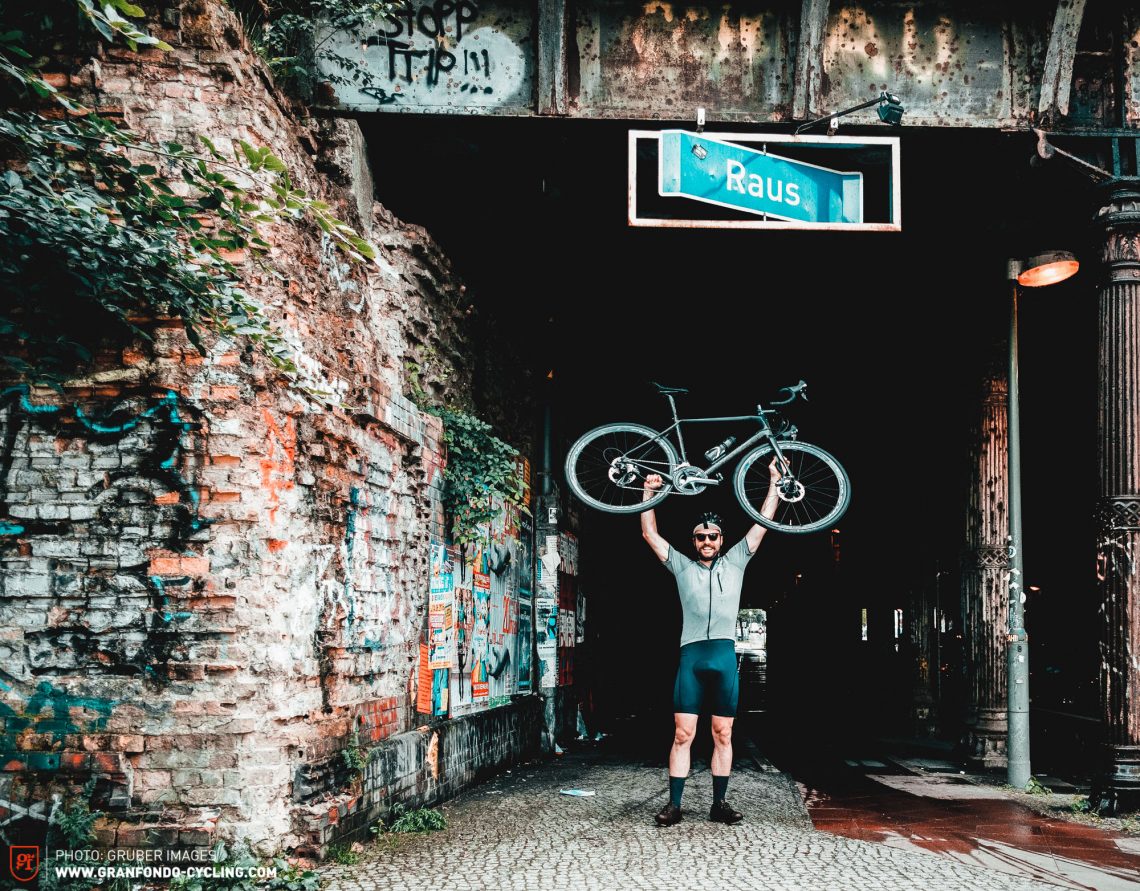
Conclusion
The all-new Paralane can be considered a massive success for Focus. The super responsive bike boasts a ton of sensible and stylish features that contribute to its balanced handling and lively ride. Perhaps it isn’t as comfy as your favourite pair of joggers, but you can raise that level with some simple tricks like thicker bar tape. Dubbed by Focus as ‘the most adventurous bike’, we can do nothing but nod our heads in agreement and we’re excited to get a few more test kilometers in our legs. Plus, it’s gratifying to know that the C.I.A. and F.B.I. are on our side when it comes to weather conditions and adventures.
More Information can be found on the Focus website.
Did you enjoy this article? If so, we would be stoked if you decide to support us with a monthly contribution. By becoming a supporter of GRAN FONDO, you will help secure a sustainable future for high-quality cycling journalism. Click here to learn more.
Words: Robin Schmitt Photos: Ashley & Jered Gruber/Robin Schmitt

